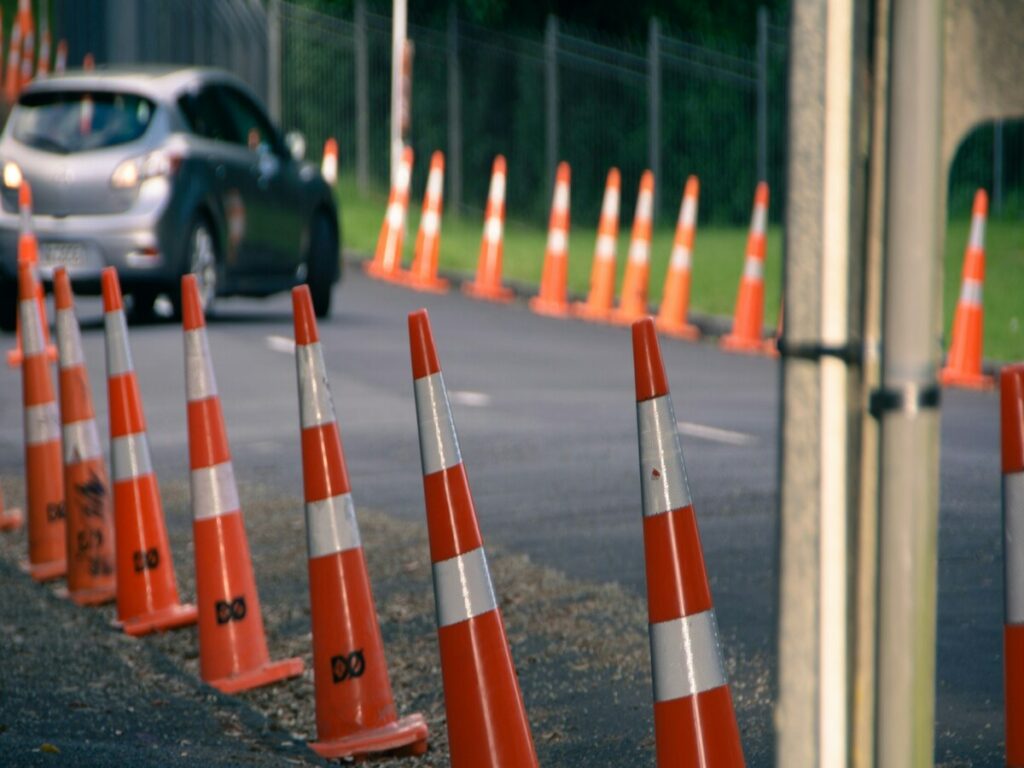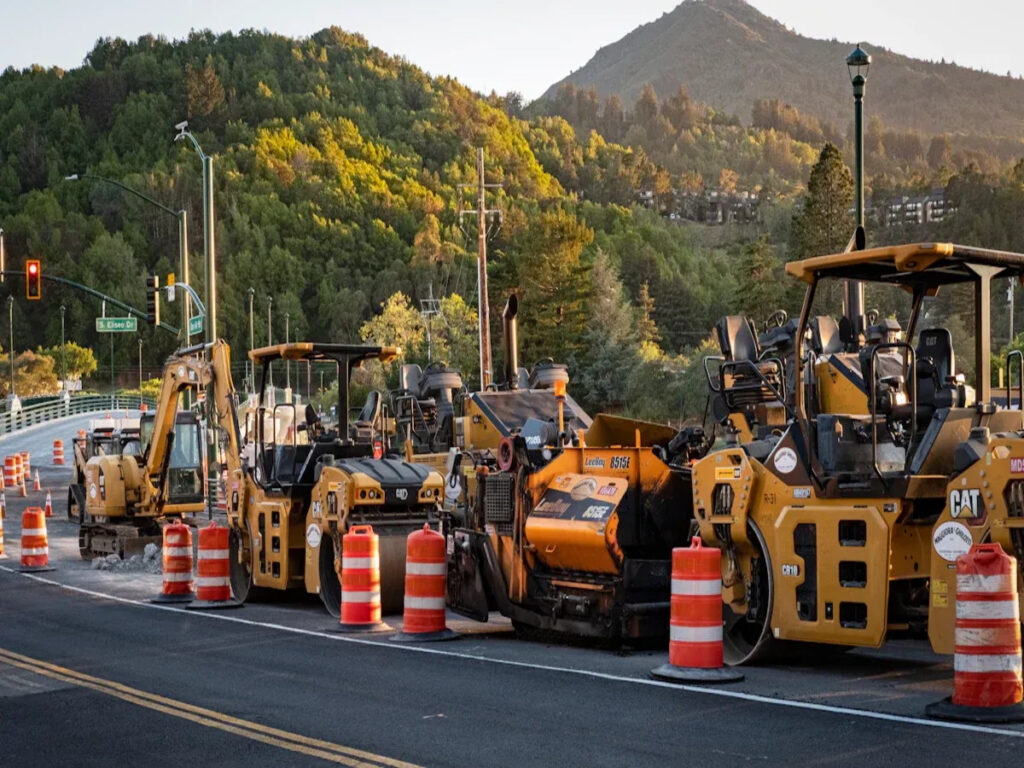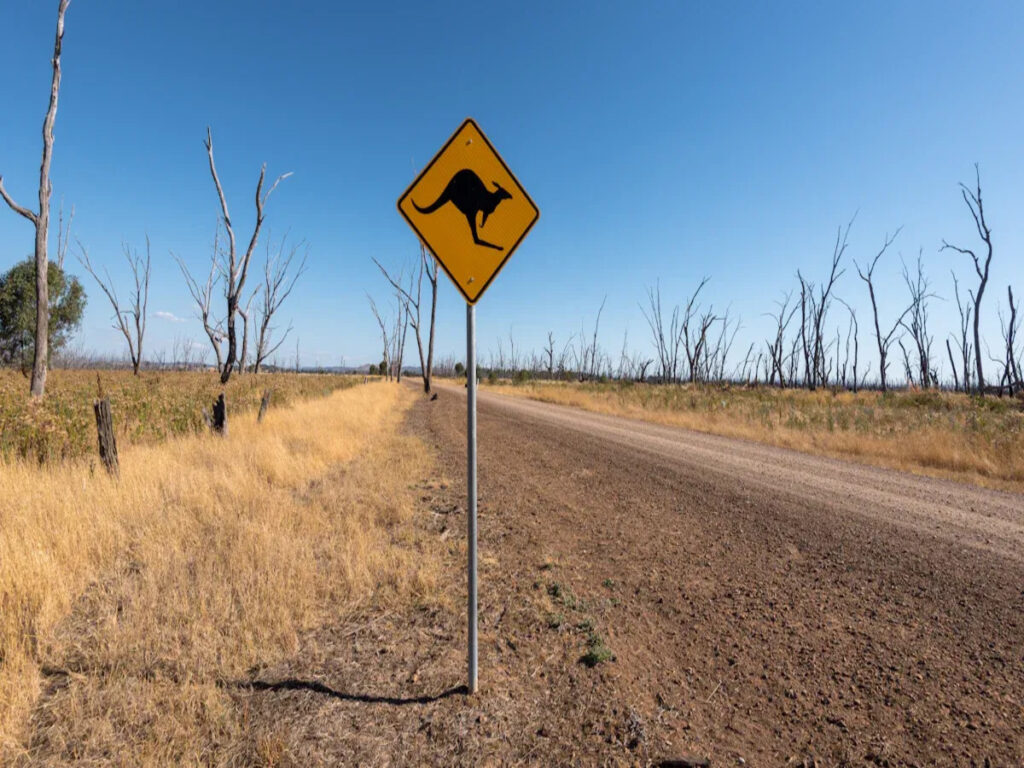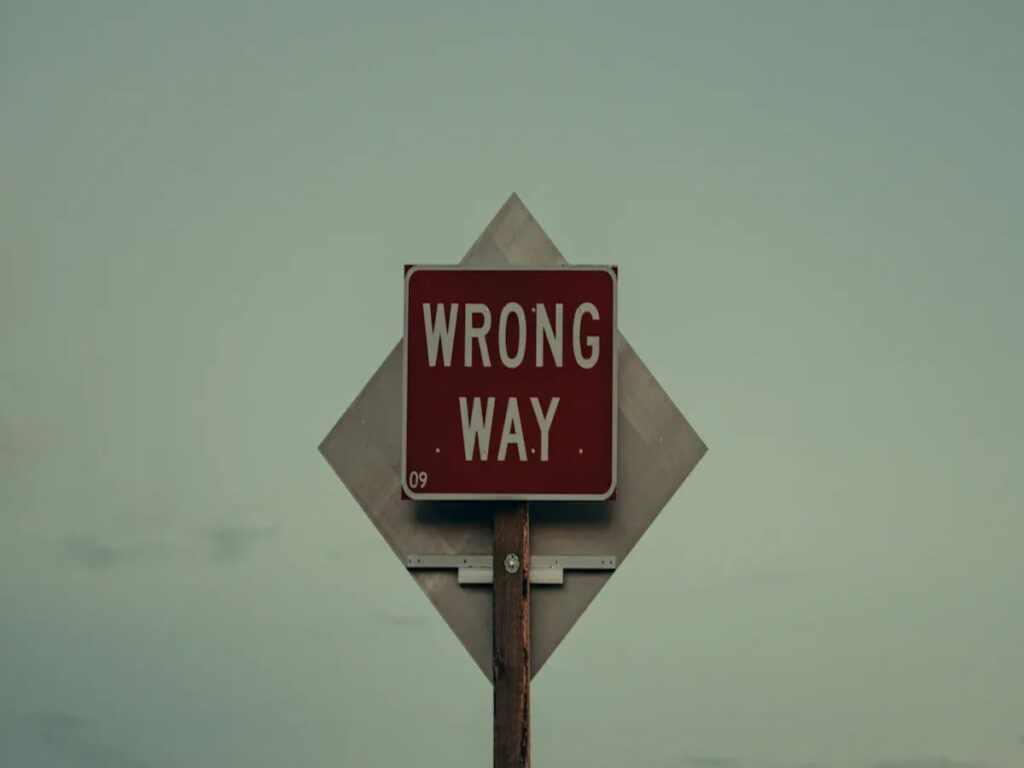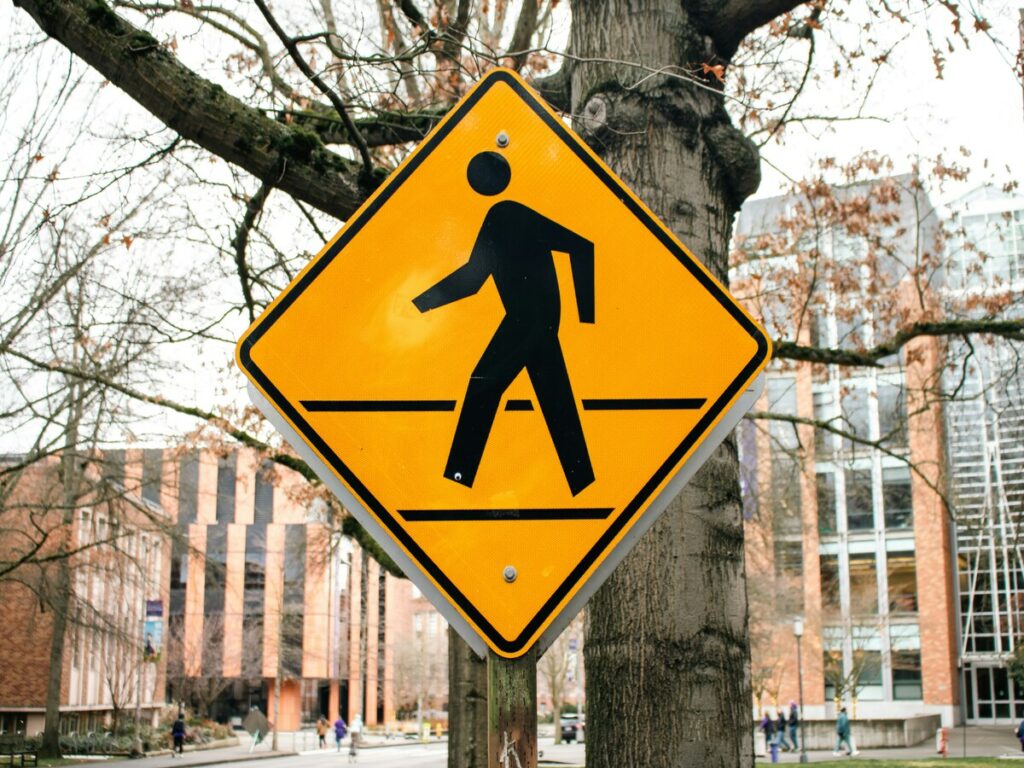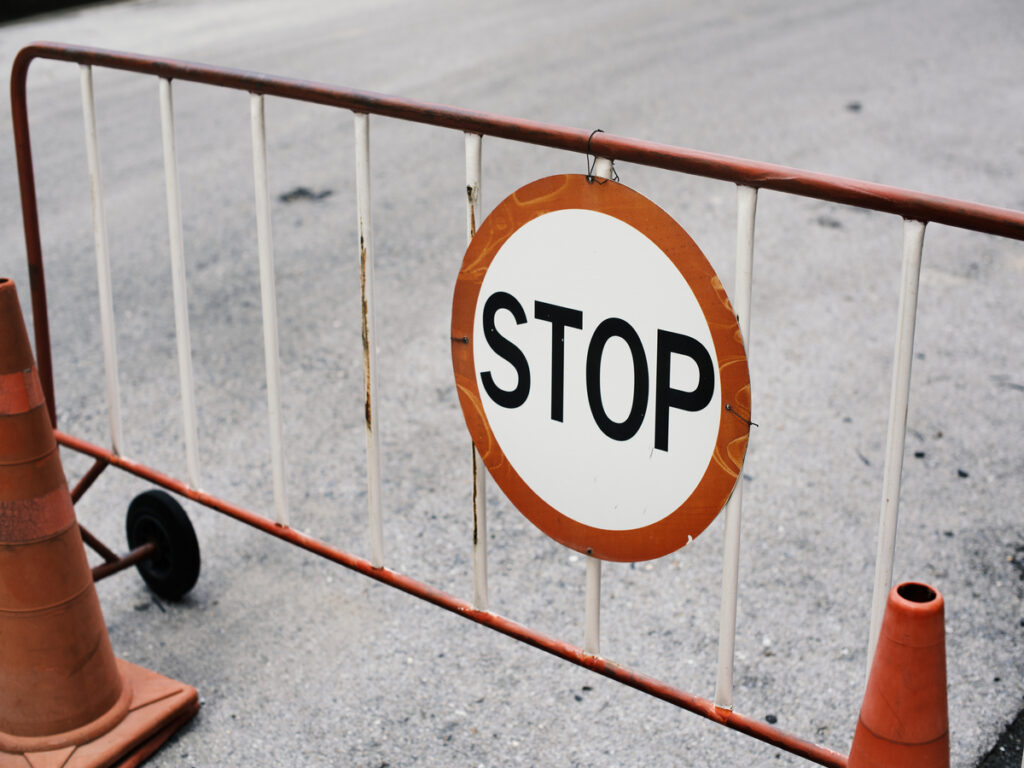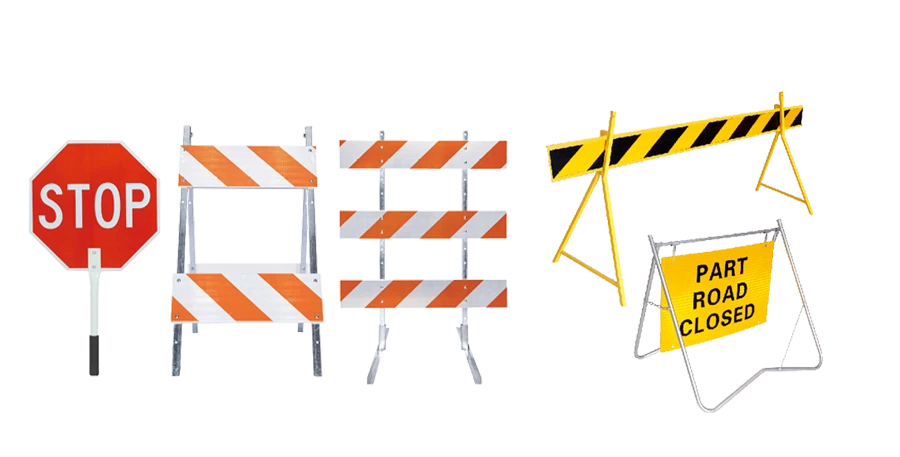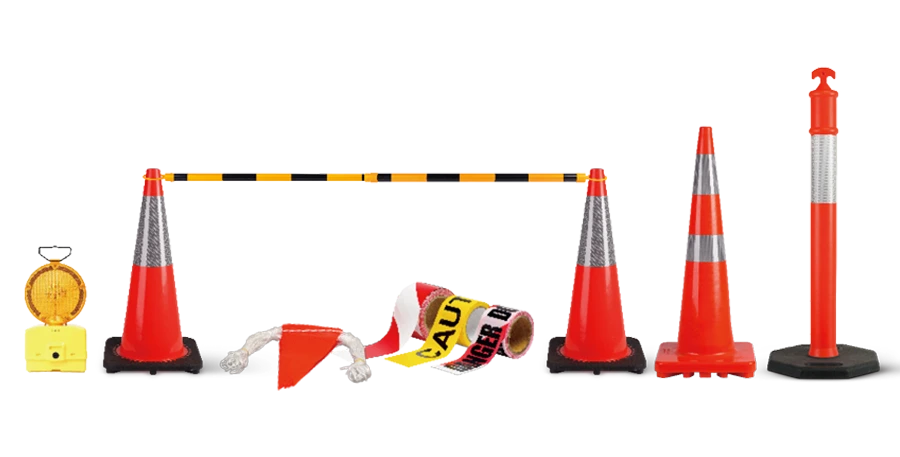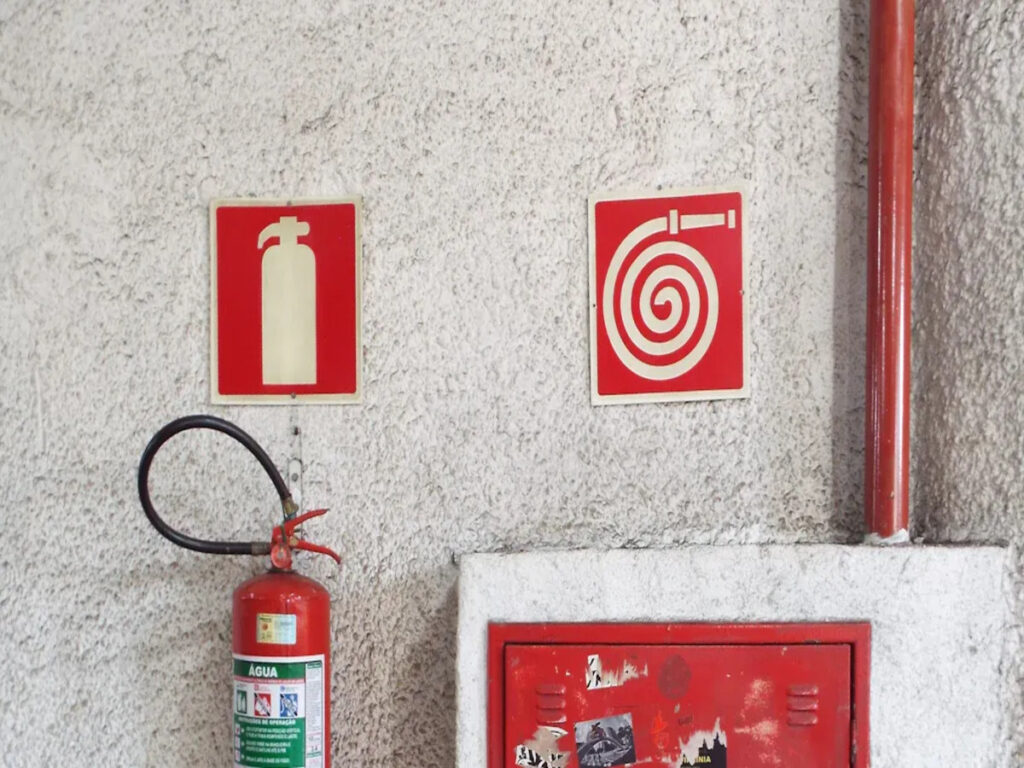
La resistenza al fuoco è importante per proteggere le cornici dei segnali stradali. Ciò è particolarmente vero nelle aree a rischio di fuoco come l'Australia. Materiali come l'acciaio zincato, alluminio, e i compositi vengono spesso utilizzati. Sono scelti perché possono gestire un calore molto alto. Regole australiane, come come 1530.3, Impostare linee guida rigorose. Queste regole assicurano che i materiali funzionino bene in condizioni difficili. Seguire queste regole riduce i rischi e protegge le persone. Garantisce inoltre che le cornici soddisfino le leggi locali.
La resistenza al fuoco è solo uno dei tanti fattori da considerare quando si seleziona il materiale giusto per il telaio del segnale stradale. Per esplorare una rottura completa della forza, Resistenza alle intemperie, costo, e fattori di conformità, Dai un'occhiata alla nostra guida: Scegliere il materiale giusto per il tuo telaio del cartello stradale.
Takeaway chiave
- La resistenza al fuoco è molto importante per le cornici dei segnali stradali. Ciò è particolarmente vero nei luoghi a rischio di fuoco come l'Australia. I materiali resistenti al fuoco mantengono i segni al sicuro durante le emergenze.
- Materiali come l'acciaio zincato, alluminio, e l'acciaio inossidabile viene spesso utilizzato. Ogni materiale funziona meglio a seconda del rischio di incendio nell'area.
- Standard australiani, come come 1530.3, Assicurarsi che i materiali possano gestire i rischi di incendio. I consigli dovrebbero sempre chiedere certificati di sicurezza.
- Controllare e fissare i segnali stradali dopo le stagioni antincendio è molto importante. Questo trova danni e mantiene i segni funzionanti e sicuri.
- Scegliere i materiali giusti per le aree locali, Come le zone costiere o di incendi boschivi, fa durare più a lungo i segnali stradali e funziona meglio.
Resistenza al fuoco nelle cornici dei carchi stradali
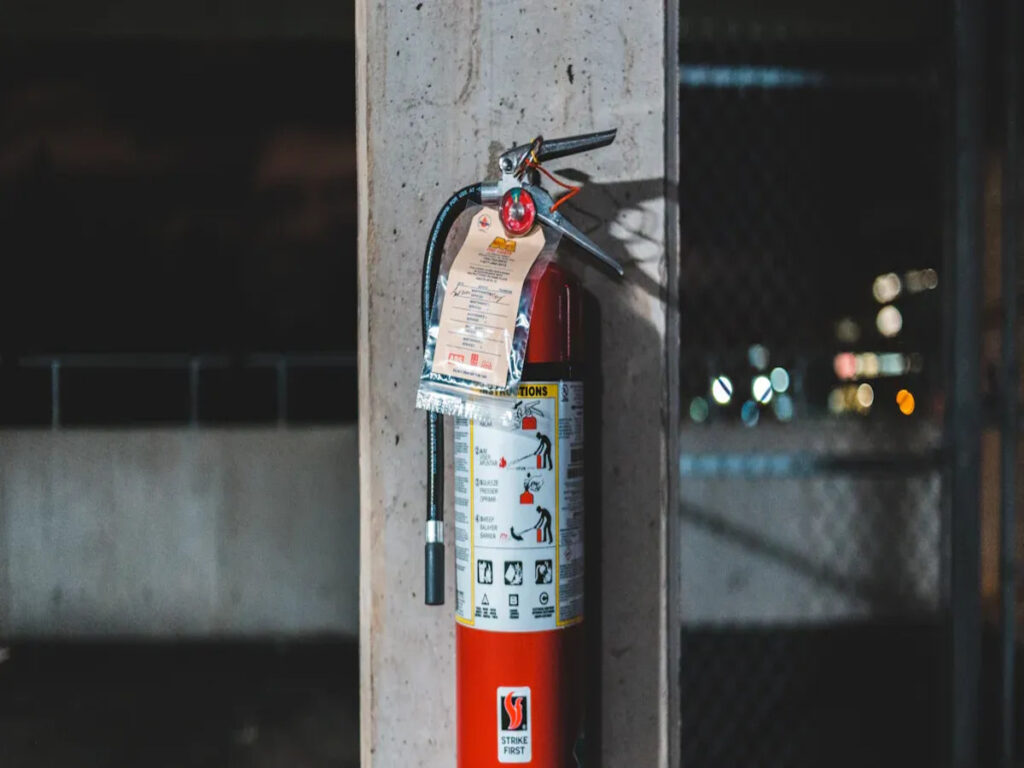
Cos'è la resistenza al fuoco?
Resistenza al fuoco significa che un materiale può gestire il calore alto e impedire alla diffusione delle fiamme. Questo è molto importante per cose come le cornici dei segni stradali. I materiali resistenti al fuoco rimangono forti anche in calore estremo. Questo li aiuta a lavorare durante emergenze come incendi o incendi per auto.
Esistono modi specifici per misurare la resistenza al fuoco. Questi test mostrano quanto bene un materiale funziona nel fuoco. Di seguito è riportata una tabella che spiega alcuni termini chiave:
| Parametro | Descrizione |
|---|---|
| Valutazione della resistenza al fuoco | Quanto tempo può durare un materiale in un test antincendio. |
| Curve tempo/temperatura | Grafici standard utilizzati per testare la resistenza al fuoco in diversi paesi. |
| Rating F. | Mostra quanto bene il fuoco fermi il calore e il fumo. |
| Valutazione FT | Tempo impiegato per un materiale per raggiungere un livello di calore fisso. |
| Valutazione FTH | Un punteggio finale dopo aver testato il fuoco, Calore, e resistenza all'acqua. |
Questi test assicurano che i materiali siano sicuri e affidabili nelle aree a rischio di fuoco.
Materiali comuni utilizzati nelle cornici dei carchi da strada
Le cornici dei segnali stradali sono realizzati con materiali forti e resistenti al fuoco. Le scelte comuni includono l'acciaio zincato, alluminio, acciaio inossidabile, e compositi. Ognuno ha i propri benefici a seconda della posizione e dei rischi di incendio.
- Acciaio zincato: Forte e resistente al calore, viene spesso usato. Supera i test antincendio come come 1530.3. Ma nelle aree costiere, è necessaria una protezione extra contro la ruggine.
- Alluminio: Leggero e flessibile, Funziona bene in luoghi caldi come l'Australia centrale. Alcuni tipi di alluminio soddisfano le regole di sicurezza antincendio, rendendoli buoni per le aree a rischio di fuoco.
- Acciaio inossidabile: Molto resistente e ignifugo, È ottimo per le zone di incendi boschivi. Costa di più ma dura più a lungo, rendendo la pena il prezzo.
- Compositi: Utilizzato in aree urbane più sicure, Hanno bisogno di additivi speciali per resistere al fuoco. Non sono ignifughi come i metalli ma sono più economici e leggeri per alcuni usi.
La scelta del materiale giusto dipende dal rischio di incendio dell'area. Per esempio, L'acciaio inossidabile è il migliore per le zone di incendi, mentre l'alluminio si adatta alle aree urbane con meno pericolo di incendio.
Importanza della resistenza al fuoco in condizioni australiane
Il tempo e la terra dell'Australia rendono la resistenza al fuoco molto importante per i segnali stradali. Gli incendi si verificano spesso, Soprattutto in luoghi come Victoria e Nuovo Galles del Sud. Grandi fuochi come il 2009 Il sabato nero e l'estate nera 2019-2020 hanno causato gravi danni alle strade e ai segnali.
I segnali stradali resistenti al fuoco aiutano a mantenere le persone al sicuro durante le emergenze. Rimangono chiari e utili, Dare ai conducenti e alle squadre di emergenza Informazioni importanti. Seguendo le regole della sicurezza antincendio australiana, come come 1530.3, Aiuta anche i consigli a evitare problemi e mantiene la proprietà pubblica che dura più a lungo.
Nelle aree costiere, I materiali devono gestire sia l'aria salata che il fuoco. L'acciaio zincato o l'acciaio inossidabile sono buone scelte perché resistono alla ruggine e al calore. Nelle aree rurali con più incendi boschivi, I materiali più forti come l'acciaio inossidabile vengono spesso raccolti.
Concentrandosi sulla resistenza al fuoco, I segnali stradali possono gestire le condizioni difficili dell'Australia. Questo li mantiene sicuri e utili per molti anni.
Standard di sicurezza antincendio australiani per i telai dei carri stradali
COME 1530.3 e la sua importanza
IL COME 1530.3 standard Aiuta a garantire che i materiali del carico stradale siano sicuri. Controlla come i materiali si comportano nel fuoco testando quattro cose: Quanto facilmente prendono fuoco, Quanto calore rilasciano, Come si diffondono le fiamme, E quanto fumo fanno. Questi test mostrano se un materiale può gestire il fuoco senza perdere forza o sicurezza.
Per cornici per segni stradali, seguente COME 1530.3 significa che i materiali possono gestire i rischi di incendio nelle aree boschive. Per esempio, acciaio zincato e acciaio inossidabile passano questi test perché si sciolgono a temperature molto elevate e non lasciano diffondersi facilmente le fiamme. L'alluminio è leggero e utile ma ha bisogno di tipi speciali per soddisfare le regole.
Mancia: Consigli e costruttori dovrebbero chiedere COME 1530.3 Certificati Quando si acquistano materiali. Ciò garantisce che seguono le regole della sicurezza antincendio australiana.
AS/NZS 3837 per calore e fumo
IL AS/NZS 3837 Standard misura la quantità di calore e materiali di fumo in un incendio. Questo è molto importante in spazi chiusi come i tunnel, Dove il fumo può essere pericoloso. I materiali che rendono meno fumo e calore sono più sicuri perché aiutano le persone a vedere e respirare meglio durante gli incendi.
Per cornici per segni stradali, Questa regola garantisce materiali utilizzati in luoghi rischiosi, come tunnel o strade coperte, sono molto sicuri. In acciaio inossidabile e alcuni tipi di alluminio fanno bene in questi test, Farle buone scelte per tali aree.
Ecco un tavolo che spiega AS/NZS 3837:
| Parametro | Descrizione |
|---|---|
| Tasso di rilascio del calore (HRR) | Misura quanto calore esce durante la combustione. |
| Tasso di rilascio del fumo | Controlla quanto fumo viene fatto durante la bruciatura. |
| Valutazione della tossicità | Test se il fumo è dannoso per le persone. |
Standard internazionali utilizzati in Australia (PER ESEMPIO., IN 13501)
L'Australia utilizza anche alcune regole internazionali di sicurezza antincendio per migliorare il proprio. Un esempio è IN 13501, che è noto per i suoi test di sicurezza antincendio dettagliati. Guarda come i materiali reagiscono al fuoco, compresa la fiamma diffusa, fumo, e gocce di bruciore.
Per cornici per segni stradali, IN 13501 fornisce ulteriori controlli di sicurezza per grandi progetti. Ad esempio, Alluminio contrassegnato come A2-S1, D0 sotto IN 13501 non brucia facilmente, fa poco fumo, e non ha gocce in fiamme. Questo lo rende ottimo per le zone di incendi boschivi o le strade trafficate.
Nota: Mentre IN 13501 non è richiesto in Australia, È utilizzato in progetti come WestConnex e Metro Tunnel per migliorare la sicurezza antincendio.
Test e certificazione di cornici per i segni stradali resistenti al fuoco
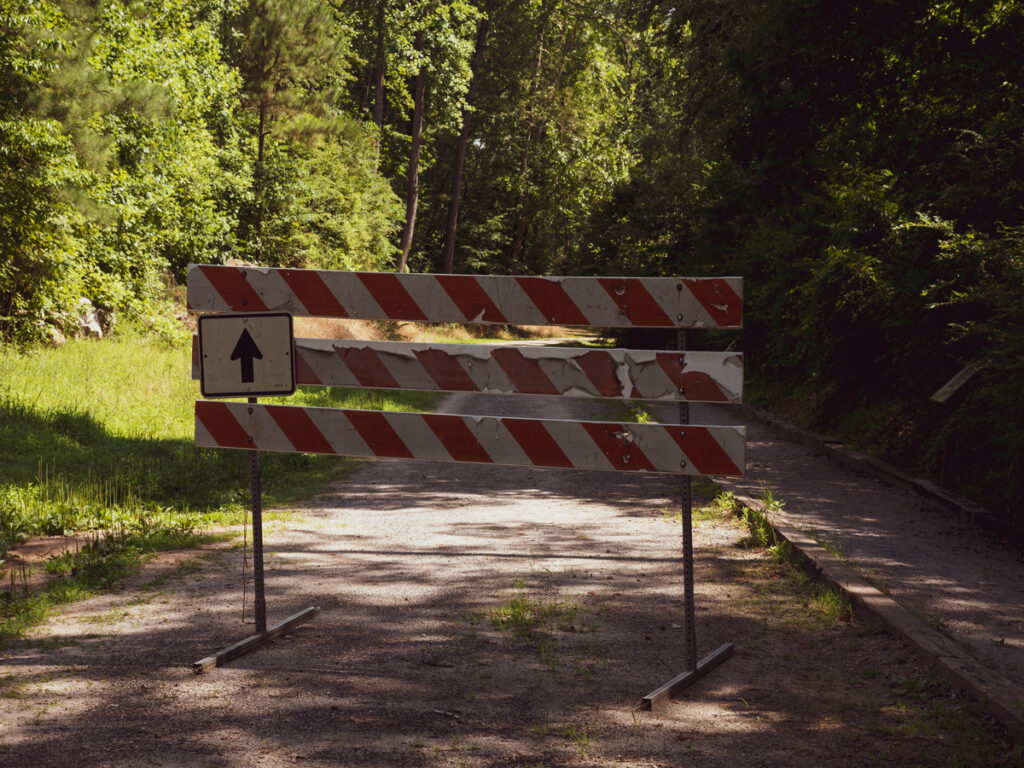
Come viene testata la resistenza al fuoco
Controlli di prova se i materiali del segnale stradale sono in grado di gestire il fuoco. Metodi standard Test di come reagiscono alle fiamme e al calore. Questi test misurano anche i livelli di fumo durante un incendio.
| Standard | Cosa test |
|---|---|
| Ansi/ul | Regole antincendio per i materiali da costruzione. |
| ASTM | Test per la combustione e la resistenza al fuoco. |
| Iso | Metodi di test antincendio globali. |
| NFPA | Sicurezza antincendio per materiali e sistemi. |
Alcuni test importanti sono:
- ASTM E84: Controlla quanto velocemente si diffondono le fiamme e la quantità di fumo.
- Bs 476: Parte 21: Prova la resistenza al fuoco delle parti portanti.
Questi test assicurano che i materiali siano sicuri e funzionino bene negli incendi.
Ottenere certificato in Australia
La certificazione dimostra materiali seguire le regole di sicurezza antincendio australiane. I gruppi di test controllano se i frame dei carri stradali soddisfano questi standard. Le regole chiave includono:
| Standard | Cosa copre |
|---|---|
| COME 1530.4: 2014 | Prova la sicurezza antincendio delle pareti e dei tetti. |
| COME 1530.8.2: 2018 | Simula incendi boschivi con grandi fiamme. |
| COME 5113: 2016 | Tasso esterno muri in base alla reazione del fuoco. |
I produttori devono mostrare certificati che dimostrano di soddisfare queste regole. Consigli e costruttori dovrebbero chiedere questi per garantire la sicurezza nelle aree a rischio di fuoco.
Esempi di materiali certificati
I materiali certificati sono forti e sicuri. Gli esempi includono:
- Acciaio zincato: Passa come 1530.3, Buono per le zone di incendi boschivi.
- Acciaio inossidabile: Si comporta bene in come 1530.8.2, Ottimo per gli incendi duri.
- Leghe di alluminio: Certificato da en 13501, Limita fiamme e fumo.
Questi materiali mantengono i segnali stradali sicuri e lavorano durante gli incendi, proteggere le persone e la proprietà.
Selezione dei materiali per cornici australiane per i segnali stradali
Scegliere materiali per le zone di incendi boschivi
In Australia, Le aree di incendi boschivi necessitano di materiali forti e sicuri. Il livello di attacco di Bushfire (Bal) tassi di sistema Rischi di incendio nelle zone. I materiali devono soddisfare queste valutazioni per rimanere al sicuro e durare a lungo. Per esempio, Bal 29 Le zone non dovrebbero usare il legno. Invece, Hanno bisogno di materiali non brucianti come acciaio zincato o leghe di alluminio. Le zone a rischio medio possono utilizzare l'acciaio Truecore. Le aree ad alto rischio necessitano di materiali più forti come tetti in acciaio e maglie di sicurezza antincendio.
| Valutazione BAL | Bisogni materiali |
|---|---|
| Bal 29 | Nessun legno; Utilizzare materiali ignifughi |
| Rischio medio | È consentito l'acciaio Truecore |
| Alto rischio | Usa il vetro duro, mesh di sicurezza del fuoco, e coperture in acciaio |
La raccolta del materiale giusto mantiene i segnali stradali durante gli incendi. Questo aiuta i conducenti e gli operatori di emergenza a rimanere informati.
Aree costiere: Sfide di ruggine e fuoco
Luoghi costiere come il Queensland faccia aria salata che provoca ruggine. La ruggine può indebolire i segnali stradali nel tempo. Materiali come l'acciaio inossidabile e l'acciaio zincato resistono sia alla ruggine che al fuoco. L'alluminio è leggero e resiste alla ruggine ma potrebbe aver bisogno di rivestimenti extra per la sicurezza antincendio. L'uso di materiali che combattono ruggine e il fuoco mantiene i segnali stradali forti e affidabili in queste aree.
Urbano vs. Bisogni di materiale rurale
Le città e le aree rurali hanno bisogno di materiali diversi per i segnali stradali. Città come Melbourne hanno meno rischio di incendio ma hanno bisogno di materiali che gestiscono l'inquinamento. L'alluminio e i compositi sono buoni qui perché sono leggeri ed economici. Aree rurali, Come Gippsland, affrontare più incendi boschivi. Hanno bisogno di materiali più forti come l'acciaio inossidabile o l'acciaio zincato. Questi materiali sono resistenti e ignifughi per condizioni più difficili.
La scelta dei materiali giusti per ogni area mantiene i segnali stradali sicuri e utili in tutta l'Australia.
Installazione e cura della sicurezza antincendio
Impostazione nelle zone di incendi boschivi
L'installazione di segnali stradali in sicurezza nelle aree di incendi è molto importante. IL Standard australiano come 3959 dà regole su come tenere lontani i segni dalle piante. Queste lacune impediscono le fiamme o il calore di danneggiare i segni durante gli incendi.
I lavoratori devono cancellare cose infiammabili come erba secca o cespugli vicino ai segni. Per esempio, I segni dovrebbero essere almeno a due metri dalle piante. Usando le basi che non bruciano, come cemento o ghiaia, li rende più sicuri. Il controllo dell'area spesso aiuta a mantenere chiari questi lacune di sicurezza.
Controllare e fissare dopo la stagione del fuoco
Guardare i segnali stradali dopo la stagione del fuoco è molto importante. Gli incendi possono piegarsi, bruciare, o indebolire i materiali, rendendoli meno utili. Gli ispettori dovrebbero cercare danni come cambi di colore o parti piegate. I pezzi rotti dovrebbero essere sostituiti rapidamente.
I segni di pulizia per rimuovere la cenere o la fuliggine smette di ruggine, Soprattutto vicino alla costa. L'aggiunta di strati protettivi ai segnali di metallo li aiuta a durare più a lungo e rimanere sicuri. I segni ben tenuti funzionano meglio, anche in luoghi rischiosi.
Conservare i record per regole e controlli
Scrivere tutto il lavoro svolto sui segnali stradali aiuta a seguire le regole di sicurezza antincendio. Consigli e lavoratori dovrebbero notare i materiali utilizzati, controlli di sicurezza, e date di ispezione. Questi record dimostrano che seguono regole come come 1530.3 e AS/NZS 3837.
L'uso di strumenti digitali rende i record più facili e più veloci. I buoni registri mostrano un focus sulla sicurezza e minori rischi di problemi in seguito.
La resistenza al fuoco è la chiave per proteggere le cornici dei segnali stradali. Ciò è particolarmente importante nelle aree con frequenti incendi. L'uso di materiali approvati che seguono le regole australiane migliora la sicurezza. Garantisce inoltre che i segni soddisfino i requisiti legali. Controllare i segnali spesso e seguire le regole come come 1530.3 li fa funzionare bene per molto tempo. Scegliendo i materiali sicuri e prendendoti cura per loro correttamente, Consigli e lavoratori possono proteggere le strade e ridurre i pericoli in condizioni difficili.
Domande frequenti
Quale materiale è meglio per i telai dei carri stradali a prova di fuoco?
L'acciaio inossidabile è il materiale più ignifugo per i segnali stradali. Gestisce un calore molto alto senza indebolirsi. Questo lo rende perfetto per le aree con incendi boschivi. Costa di più, Ma la sua forza e ignifugale ne valgono la pena.
Perché è come 1530.3 Certificazione necessaria per i segnali stradali?
COME 1530.3 dimostra i materiali seguire le regole di sicurezza antincendio australiane. Controlla come si diffondono le fiamme, Il calore viene rilasciato, e forme di fumo. A seguito di ciò garantisce che i segnali stradali rimangano sicuri e utili durante gli incendi. Ciò riduce i rischi per i conducenti e gli operatori di emergenza.
L'alluminio può essere utilizzato nelle aree di incendio?
SÌ, Ma solo tipi speciali in alluminio che soddisfano le regole del fuoco. Questi tipi resistono alle fiamme e fanno poco fumo. L'alluminio è leggero e buono per le aree a rischio di fuoco medio. Potrebbe aver bisogno di rivestimenti extra per renderlo più sicuro.
Quante volte dovrebbe essere controllata i danni al fuoco sui segnali stradali?
I segnali stradali dovrebbero essere controllati dopo ogni stagione degli incendi. Gli ispettori dovrebbero cercare piegatura, cambiamenti di colore, o danni. Pulire e aggiungere strati protettivi aiutano a mantenere i segni sicuri e funzionanti bene.
Quali materiali funzionano meglio nelle aree costiere con rischi antincendio?
L'acciaio inossidabile e l'acciaio zincato sono ottimi per le aree costiere. Rescono la ruggine dall'aria salata e il danno dal fuoco. L'alluminio può anche funzionare se trattata per fermare la ruggine e la certificazione per la sicurezza antincendio. Questo mantiene i segni forti in condizioni difficili.

